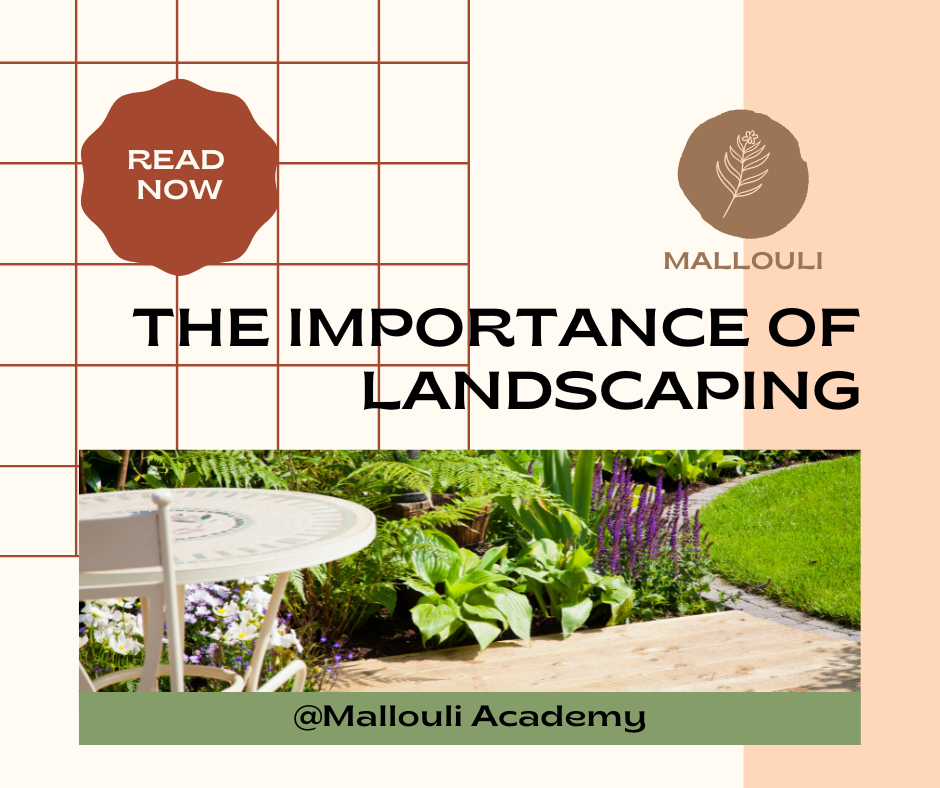Landscape Design for Dummies
Landscape Design for Dummies
Blog Article
The smart Trick of Landscape Design That Nobody is Talking About
Table of ContentsIndicators on Landscape Design You Should KnowLandscape Design - TruthsThe 4-Minute Rule for Landscape DesignGetting The Landscape Design To Work
When designing a residential landscape, the most crucial step is to put an intend on paper. Creating a master strategy will save you time and money and is most likely to result in a successful layout. A plan of attack is developed through the 'style process': a detailed technique that thinks about the ecological conditions, your needs, and the components and concepts of style.The 5 steps of the design procedure include: 1) performing a site supply and evaluation, 2) determining your demands, 3) producing useful diagrams, 4) creating conceptual style strategies, and 5) drawing a last design strategy. The very first 3 steps establish the visual, functional, and horticultural requirements for the design. The last two actions after that use those needs to the development of the final landscape strategy.
This is an important step for both plant selection and placement and locating family activities and features. It is essential since the exact same environment conditions that impact the plantstemperature, humidity, rain, wind, and sunlightalso impact you, the customer. The next action is to make a listing of your needs and desiresthis helps you identify how your lawn and landscape will be made use of.
The useful diagram is after that utilized to situate the activity rooms on the website and from this representation a conceptual plan is created. The last action is a final design that includes all the hardscape and growing information that are necessary for installation. Throughout the design process there are 10 vital points to take into consideration: for plant option and activity location by considering what you want and need to assist identify shapes and organize areas by assigning activity areas and relating to components for both the environment and the individual by utilizing massing and layering methods such as shift areas and focal factors in the products, the shades, and the surface structures for the growth and upkeep of plants by making use of lasting style methods An extensive supply and analysis of the website is necessary to figure out the environmental conditions for plant development and the very best use the website.
Some Known Facts About Landscape Design.
It is always best to use plants that will certainly prosper in the existing soil. Where plants grow well, keep in mind the soil conditions and utilize plants with similar expanding requirements.

Sun/shade patterns, the amount and size of exposure to sunlight or color (Figure 1), develop microclimates (often called microhabitats) - Landscape Design. Recording site problems and existing vegetation on a base map will reveal the location of microclimates in the yard. Plants typically fall under 1 or 2 of 4 microclimate categories-full sun, partial shade, color, and deep shade
The Ultimate Guide To Landscape Design
Utilities such as power lines, septic storage tanks, underground energies and roof covering overhangs identify plant area. Utilize a surveyor's plat of your residential property for the limits and area of your home.


Spending plan worries include the products, first installation prices and the on-going upkeep prices. Determine the time and money you want to place right into keeping the plants and hardscape-be sensible visit their website regarding your objectives and capability. Number 3. Present use areas. Credit: Gail Hansen, UF/IFAS Number 4. Proposed usage locations. Credit: Gail Hansen, UF/IFAS There are several landscape style styles- from straightforward to facility, however it is valuable to select one to assist your plant and material selection.
Lots of people locate it helpful to look in horticulture publications and books for concepts. This is a great beginning, however realize that the gardens in the images were selected because they are superior examples. Take a look at the images with a crucial eye to gather ideas that you can adjust to your interest level, your spending plan and your site.
Determine if you intend to open your lawn, shut your lawn, or a little of both, to these sights (Landscape find out this here Design). To put it simply, do you want the yard to confine the room around you and associate primarily to your house, or do you desire the garden to open views and look external, connecting to the surroundings? This will certainly give you a beginning factor to think of a motif
Getting The Landscape Design To Work
This is called "feeling of location", which implies it fits with the surroundings. There are both form styles and design motifs. Every yard should have a kind style, yet not all gardens have a design theme. As a matter of fact, several residential yards have no particular design other than to blend with the house by duplicating information from the design such as products, color, and form.
In a kind style the organization and shape of the rooms in the yard is based either on the form of your house, the form of the areas in between the residence and the building limits, or a favorite form of the home owner. The type style figures out the shape and organization (the design) of the areas and the web links between them.

Report this page